The throttle body plays a vital role in regulating the amount of air that goes into your engine. When it goes bad, your car may not even start. It’s important to identify a bad throttle body quickly so you can have it fixed as soon as possible.
What is a Throttle Body?
The throttle body is composed of a slightly oval shaped plate mounted on a shaft within a special housing so that changing the angle of the plate by rotating the shaft regulates airflow, thus controlling the speed of the engine. When the plate is at rest very little air can get past it. Some throttle plates have a small hole in the plate. The oval shaped plate-on-a-shaft is called a throttle plate (also known as a butterfly valve).

There are two primary types of throttle bodies: mechanical and electronic.
A mechanical throttle body connects to the accelerator pedal via a cable. When the driver pushes the pedal, the throttle plate opens a certain amount, thereby letting air into the engine. This system was used for decades.
- Most mechanical throttle bodies include an idle air control valve (IAC) that regulates the amount of air bypassing the throttle plate. The Idle Air Control is manipulated by the ECM/PCM, not only to control idle speed, but also for no-touch starting (it’s wide open on engine start), and also for “dashpot” function, temporarily holding the engine speed slightly above idle during sudden deceleration to prevent stalling. The air bypassing the throttle plate is measured by the Mass Airflow Sensor so the ECM/PCM can maintain proper fuel delivery.
- Electronic throttle control (ETC) systems are found in most newer vehicles. An ETC system uses an electric motor to operate the throttle plate.
- On ETC systems, a redundant pair of throttle position (TP) sensors is mounted to monitor the position of the throttle plate, completing an important part of the feedback loop so the ECM/PCM can apply pulses to the plate motor to drive the plate to its desired target. Other parts of the feedback loop the ECM/PCM monitors are engine rpm, coolant and air temperature, etc.

On an ETC system, instead of a mechanical linkage connecting the accelerator pedal to the throttle body, there are redundant accelerator pedal position (APP) sensors—usually two or three—that monitor the position of the pedal. The connection between the APP sensors and the ETC Throttle body is always a control module.
Typically, there is no idle air control valve (IAC) in an ETC system. Instead, the control module manages idle speed by adjusting the throttle opening. There is also no cruise control module needed on ETC platforms, only the steering wheel Speed Control buttons and the software programmed into the PCM, which controls the throttle plate anyway.
What are the Signs of a Bad Throttle Body?
When the throttle body is not working properly, your car may stall, run rough, and/or lack power. Below is a detailed overview of the common symptoms of a bad throttle body. Most throttle body systems will, after detecting a fault, illuminate a special warning light (wrench or throttle body shaped light), and limit throttle opening to half or not at all. This is definitely something you’ll notice.
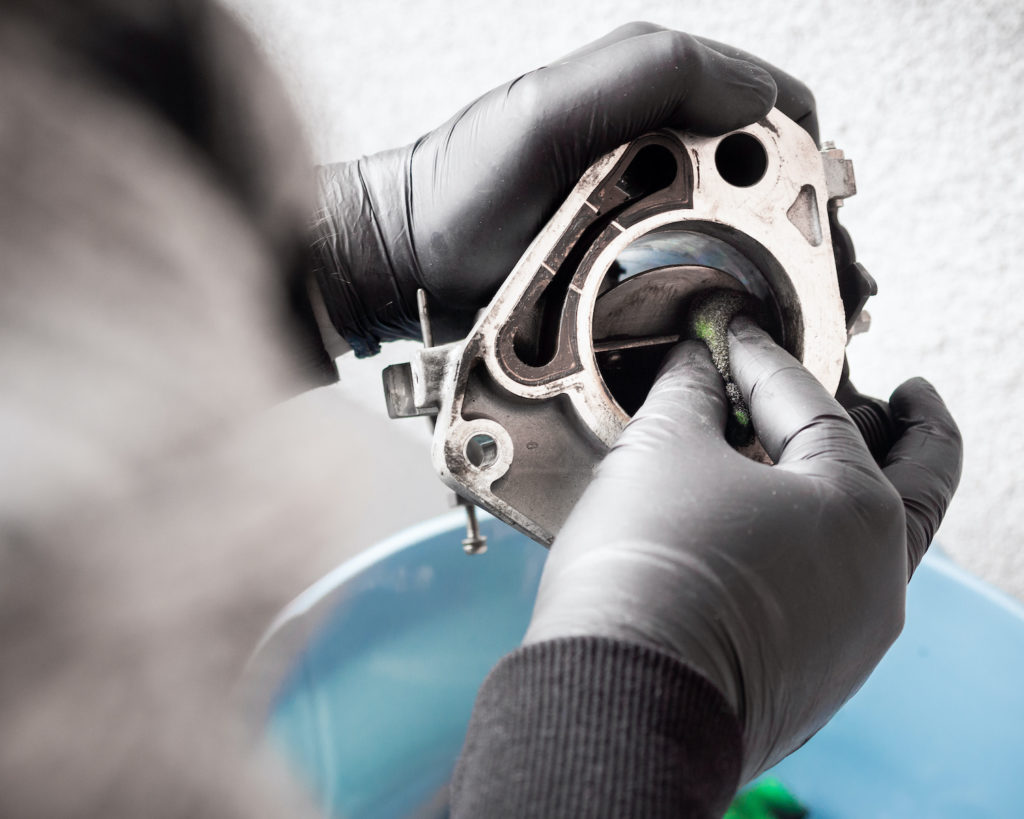
Stalling
Since there’s so much PCV steam floating around in the intake, it tends to coat the inner surfaces of the intake with sludge, which can also gather around the edges of the throttle plate. This blocks airflow and/or causes the throttle to stick closed on cable operated systems so that when you apply the throttle, the pedal won’t initially yield but then will pop loose suddenly. This can be dangerous if it happens in reverse, because the sudden acceleration can throw your weight against the accelerator pedal, causing a runaway situation.
However, the plate doesn’t always stick. What does happen on cable operated and ETC systems is that the ECM/PCM “learns” that it needs more air to reach its idle rpm target and applies more IAC flow or Throttle Angle to reach that target. Thus, when you replace the battery sometimes the vehicle’s ECM/PCM “forgets” what it learned over time and you may encounter a situation where the engine won’t idle until it “relearns,” which can take awhile. Cleaning the throttle body is a good practice, but here are a couple of very important cautions on ETC systems.
- Don’t ever open the throttle body with your fingers, even with the engine switched off or with the throttle body removed. On some vehicles, this can ruin the throttle body mechanism so that it has to be replaced. Always have an assistant hold the throttle pedal down to open the throttle plate.
- Never clean the throttle body with your fingers; always use a brush, because if the throttle body plate is driven closed (like if your the assistant releases the pedal), the throttle body can severely injure your finger. Keep your fingers out of the throttle body at all times.
Cleaning the throttle body is a good practice, but here are a couple of very important cautions on ETC systems: (1) Don’t ever open the throttle body with your fingers, even with the engine switched off or with the throttle body removed. (2) NEVER clean the throttle body with your fingers; always use a brush. Keep your fingers out of the throttle body at all times!
–Richard McCuistian, ASE Certified Master Automobile Technician
The car’s primary computer, which is often referred to as the powertrain control module (PCM), expects to see a certain amount of airflow through the throttle body. When that doesn’t happen, because the throttle body is dirty or faulty, the engine may stall.
Unstable idle
Problems with the throttle body can also cause an unstable idle. The PCM bases its idle calculations on a predetermined amount of airflow through the throttle body. When that predetermined value isn’t met, the engine may fail to idle properly.
A problem with the idle air control valve, which is usually mounted to the throttle body, can cause an unstable idle as well.
Rough running
A faulty throttle body may disrupt the engine’s air/fuel mixture, resulting in misfiring and a rough running condition. This is pretty rare, however.
Illuminated check engine light
When the control module detects a problem with the throttle body (or a problem caused by the throttle body), it will turn on the check engine light.
Reduced power warning message on the dash
When there’s a problem with the ETC system, some vehicles, particularly those made by General Motors, will display a “Reduced Power” warning message (or something similar) on the dash.
What are the Signs of a Dirty Throttle Body?
Aside from faulty components, dirt in the throttle body can also cause issues, such as:
Slow Acceleration
Grime and dirt build-up can disrupt airflow and pressure, causing uneven or slow acceleration. Once the throttle body is clogged, the car usually needs more power for combustion.
So if you notice your vehicle is taking longer to pick up speed, it might be due to a dirty throttle body.
Poor Fuel Economy
A clogged throttle body can also make your vehicle consume more fuel than usual. Note that other parts can cause the same issue, so it’s best to take your ride to a mechanic to determine if a dirty throttle body is the cause of the increased fuel consumption.
What Happens When You Have a Bad Throttle Body?
A bad throttle body can cause all of the problems mentioned above. What’s more, a failed throttle body can reduce fuel economy and even cause damage to other components—such as the catalytic converter—if left unaddressed.
It is important to note that a throttle body that’s acting up doesn’t always require replacement. What you’re experiencing could just be dirty throttle body symptoms brought about by the build-up of dirt and carbon deposits.
In such a scenario, cleaning the throttle body will restore proper operation.
Is it Safe to Drive with a Bad Throttle Body?
You might be wondering—is it safe to drive with a bad throttle body? The quick answer is no. Once it starts to show signs of going bad or being clogged, you should address the problem right away. Otherwise the vehicle may stall or fail to accelerate, creating a safety hazard.
Both types of throttle body assemblies (mechanical and electronic) are located between the engine air filter and intake manifold. Most cars use just one throttle body, though some engines (usually those with twin turbochargers) use two throttle bodies.
Educating yourself on the car throttle body symptoms outlined above will allow you to make informed decisions when it comes to repair—and that’ll help you keep your vehicle running better and longer.
When to Replace the Throttle Body
Experts recommend replacing the throttle body every 100,000 to 150,000 miles. However, you don’t have to follow a specific time frame for throttle body replacement.
If issues occur, you can replace the throttle body earlier. Take your ride to an auto repair shop once you notice the signs of a bad or dirty throttle body.
Get the Right Replacement Throttle Body For Your Car
Has your car’s throttle body stopped working properly? It’s best to immediately replace the faulty engine part and refrain from driving your vehicle until you complete the repair. Fixing engine issues is costly, but ignoring them will make repairs more expensive and time-consuming. Fortunately, you can get an affordable yet high-quality throttle body from CarParts.com.
At CarParts.com, you can find the right parts and accessories for your car or truck. Enter details like the year, make, model, and engine in our vehicle selector, and browse the search results for compatible products. Delivery takes only several business days thanks to the strategic locations of our distribution centers, which speed up shipping our products to your doorstep. Not only are all our on-hand products ready to ship, we only source them from reliable industry veterans.
Stay on top of engine issues like a bad throttle body by replacing the problematic part as soon as possible. Don’t miss out on the best deals on throttle bodies. Order what you need today!
Products Mentioned in this Guide
Shop this Project



Any information provided on this Website is for informational purposes only and is not intended to replace consultation with a professional mechanic. The accuracy and timeliness of the information may change from the time of publication.



 Throttle Body
Throttle Body
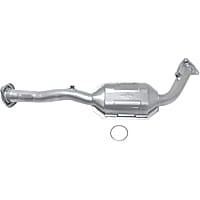 Catalytic Converter
Catalytic Converter
 Turbocharger
Turbocharger
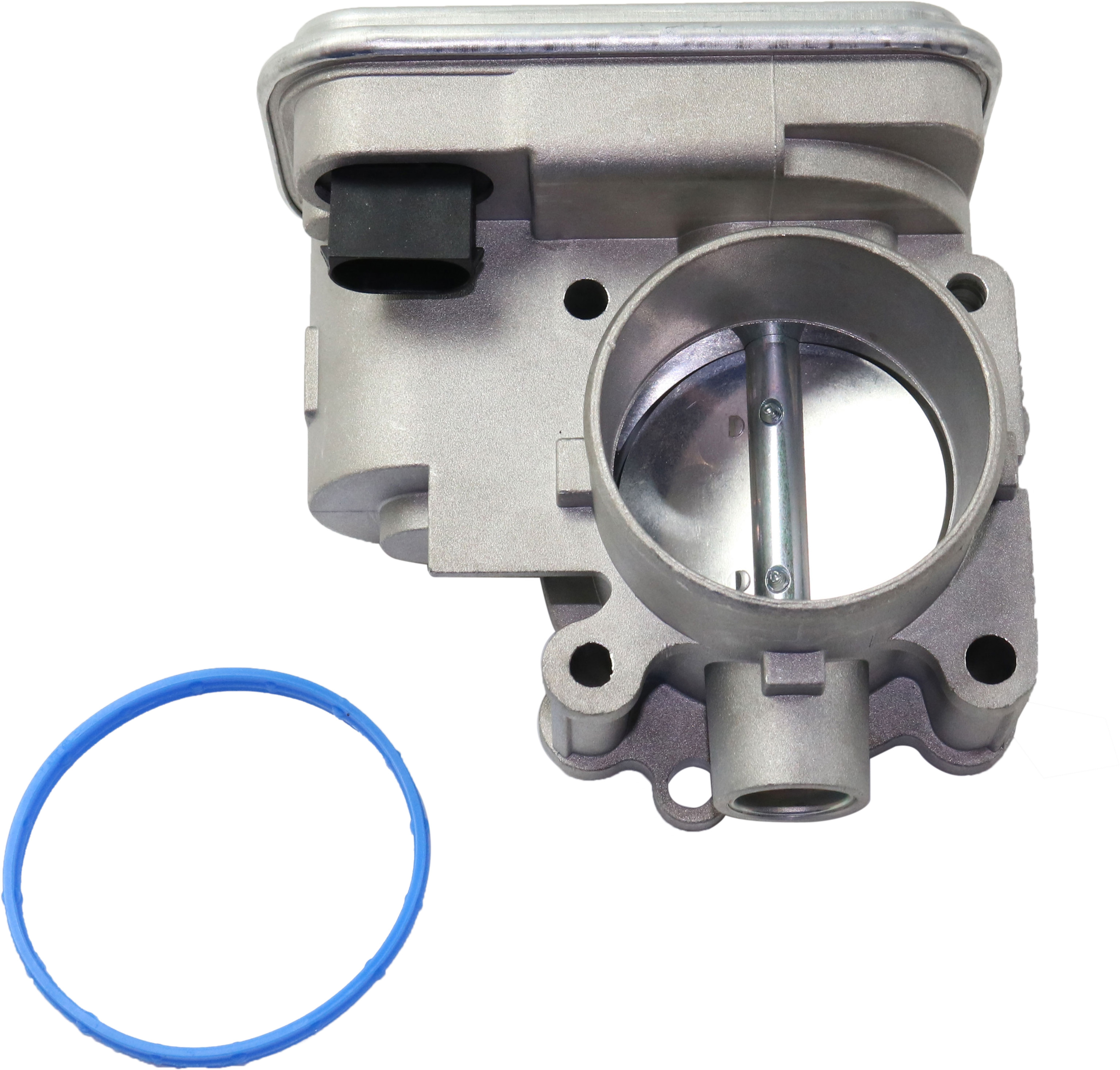
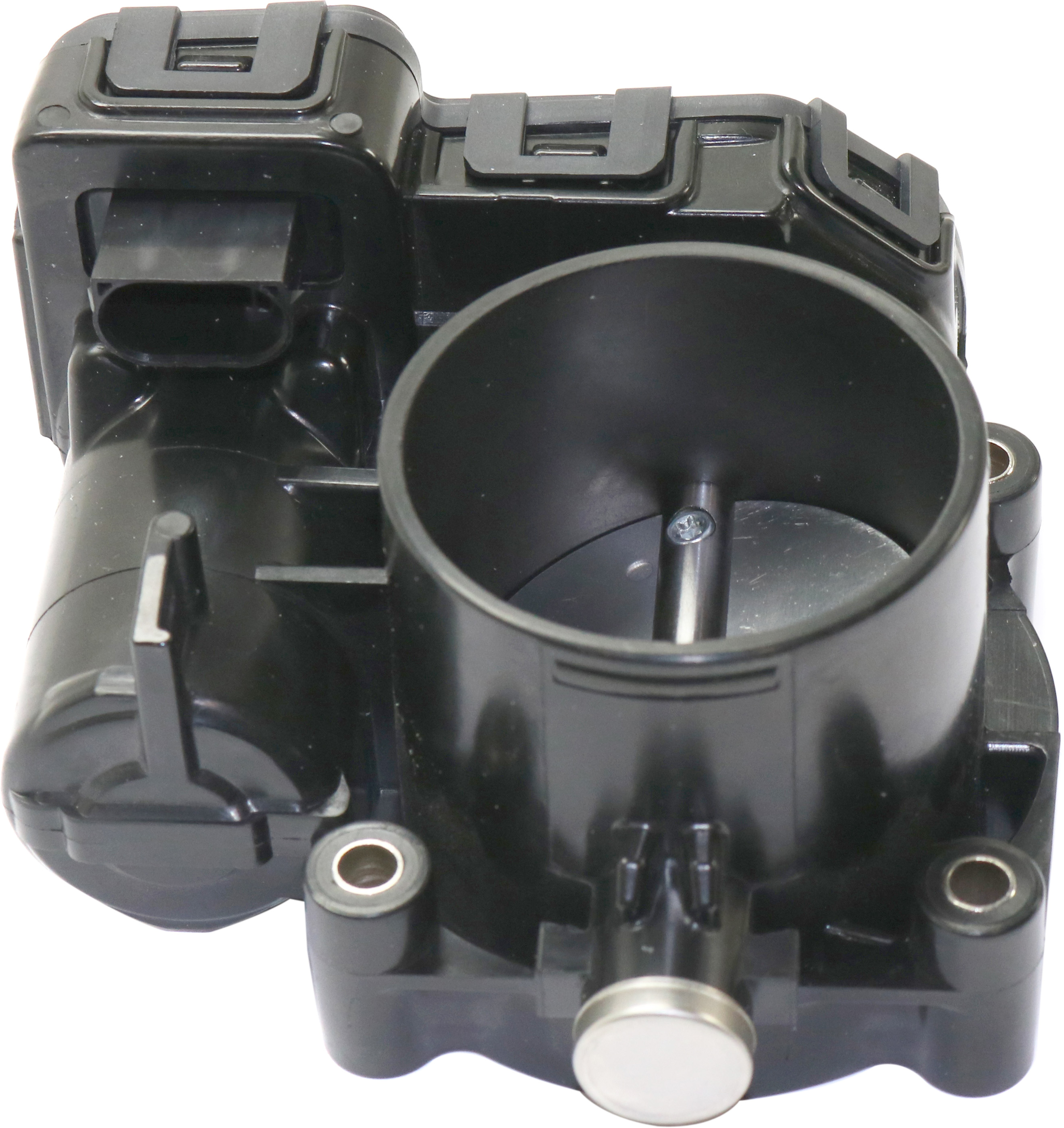
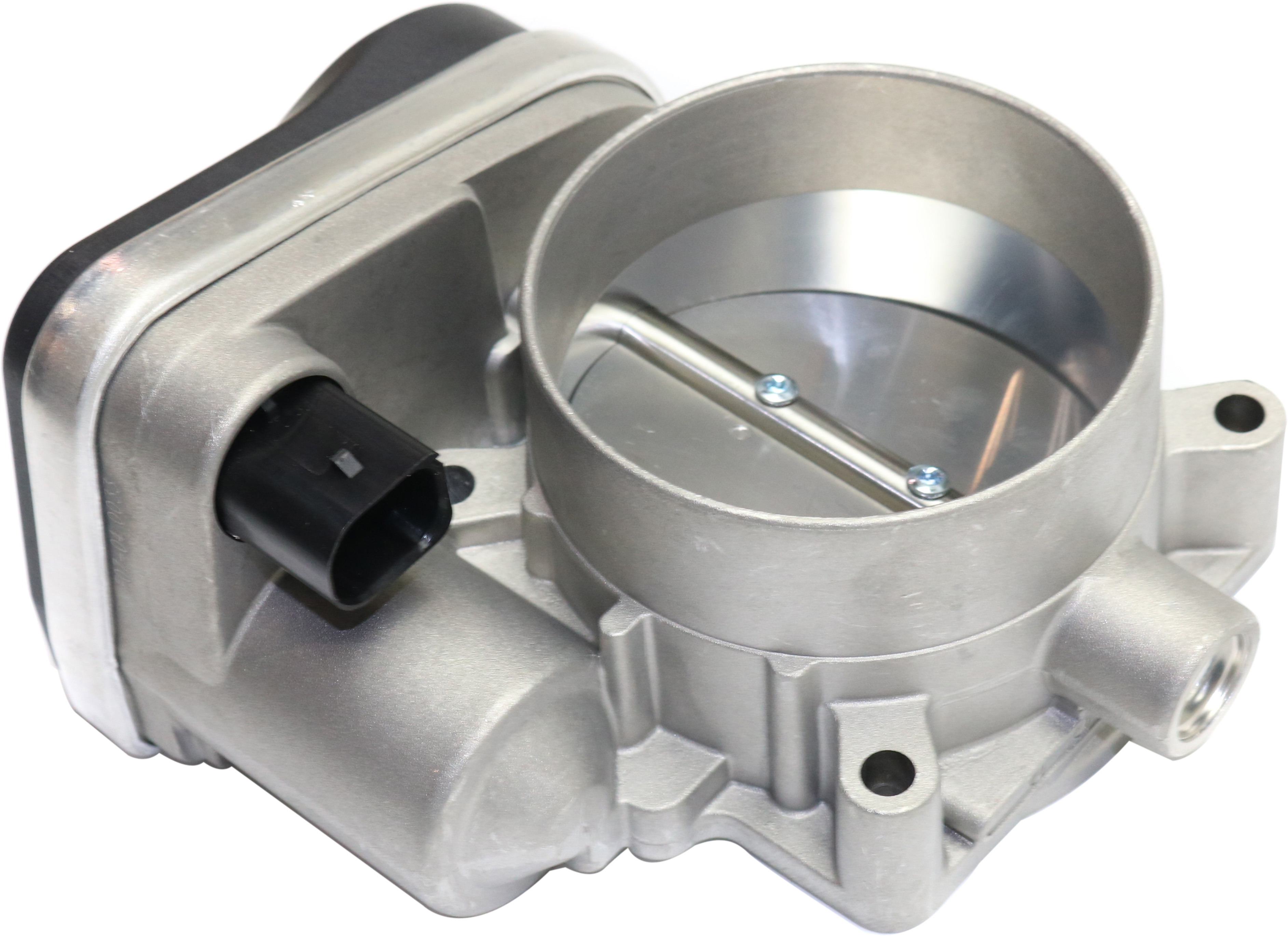

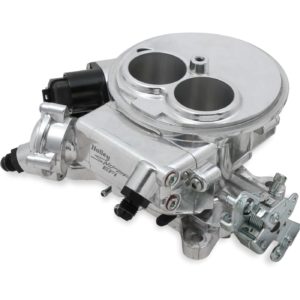



























What happens when you replace your TB and yet your car is still acting as if it were previously?
Hello…have owned since new a 2005 GMC Envoy XL LT with the 4-6-8 sequential FI engine with 103,000 mi (yes, that’s all…is driven regularly but not that far that often). Never had a better running vehicle, but fuel econ has dropped off noticeably plus engine light on. No issues with idle, power, noise/missing, starting/stalling, etc…runs smooth as can be…just the fuel econ and engine light. Think throttle-body first…?